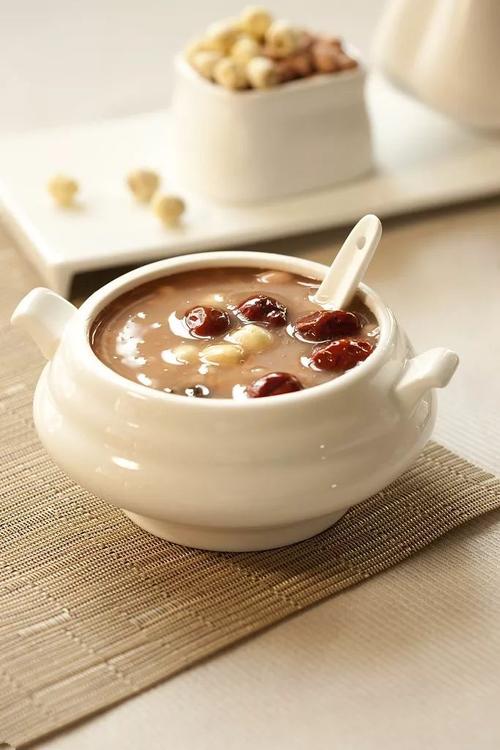- 本文目录导读:
- Understanding Qi (气)
- Understanding Blood (血)
- Harmonizing Qi and Blood
- Acupuncture and Qi Flow
- Herbal Medicine and Blood Nourishment
- Dietary Considerations
- Qigong and Energy Cultivation
- Conclusion
In traditional Chinese medicine (TCM), the concept of Qi and Blood plays a pivotal role in maintaining health and preventing disease. Understanding and harmonizing Qi and Blood are fundamental principles that guide TCM practitioners in their approach to wellness.
Understanding Qi (气)
Qi, often translated as vital energy or life force, circulates throughout the body via meridians, influencing the functions of organs and tissues. It is the dynamic force behind all physiological processes, ensuring balance and vitality. According to TCM theory, disruptions in Qi flow can lead to various health issues ranging from fatigue to chronic illnesses.
Understanding Blood (血)
Blood in TCM encompasses not only its physiological function but also its energetic properties. It nourishes organs, tissues, and the mind, carrying essential nutrients and oxygen. When Blood is abundant and flows smoothly, the body thrives; stagnation or deficiency, however, can manifest as symptoms such as pale complexion, irregular menstruation, or insomnia.

Harmonizing Qi and Blood
The key to optimal health in TCM lies in harmonizing Qi and Blood. This involves ensuring that Qi flows freely through the meridians and that Blood is ample and well-circulated. Practices such as acupuncture, herbal medicine, dietary adjustments, and Qigong (气功) exercises are commonly used to achieve this balance.
Acupuncture and Qi Flow
Acupuncture, a cornerstone of TCM, involves inserting fine needles into specific points on the body to stimulate Qi flow and restore balance. By targeting acupuncture points related to Qi and Blood circulation, practitioners aim to alleviate blockages and promote harmony within the body's energy systems.
Herbal Medicine and Blood Nourishment
Herbal medicine plays a crucial role in nourishing Blood according to TCM principles. Herbs such as dang gui (当归), shu di huang (熟地黄), and bai shao (白芍) are frequently prescribed to tonify Blood, improve circulation, and address underlying imbalances that may affect overall health. Formulas are tailored to individual needs based on comprehensive TCM diagnosis.

Dietary Considerations
Dietary therapy in TCM emphasizes the role of food in maintaining Qi and Blood balance. Foods are classified according to their energetic properties (cooling, warming, etc.) and their effects on specific organs. For instance, foods rich in iron and vitamin C are recommended to enhance Blood production and absorption.
Qigong and Energy Cultivation
Qigong, a mind-body practice combining movement, meditation, and breath control, is employed to cultivate Qi and enhance its circulation throughout the body. Regular practice of Qigong exercises promotes relaxation, reduces stress, and supports overall vitality by harmonizing Qi and Blood flow.
Conclusion
In conclusion, the harmonization of Qi and Blood lies at the heart of traditional Chinese medicine's approach to health and wellness. By understanding and nurturing these fundamental energies through practices such as acupuncture, herbal medicine, dietary adjustments, and Qigong, individuals can optimize their health and prevent illness in accordance with TCM principles.

转载请注明:成都会所桑拿-四川成都休闲桑拿推荐论坛! » 武汉桑拿 » The Art of Harmonizing Qi and Blood in Traditional Chinese Medicine
版权声明
本文仅代表作者观点,不代表成都休闲网立场。
本文系作者授权发表,未经许可,不得转载。































